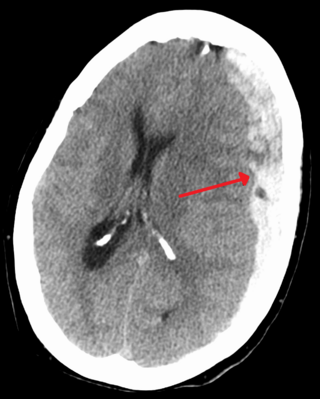This article needs to be updated. The reason given is: no files for 2006 are listed at the cited source, but files for 2013 are there; NLM releases this information annually.(February 2020) |
The following is a partial list of the "C" codes for Medical Subject Headings (MeSH), as defined by the United States National Library of Medicine (NLM).
Contents
- MeSH C21 – disorders of environmental origin
- MeSH C21.111 – dna damage
- MeSH C21.223 – environmental illness
- MeSH C21.335 – motion sickness
- MeSH C21.447 – occupational diseases
- MeSH C21.613 – poisoning
- MeSH C21.676 – preconception injuries
- MeSH C21.739 – substance-related disorders
- MeSH C21.866 – wounds and injuries
This list continues the information at List of MeSH codes (C20). Codes following these are found at List of MeSH codes (C22). For other MeSH codes, see List of MeSH codes.
The source for this content is the set of 2006 MeSH Trees from the NLM.




